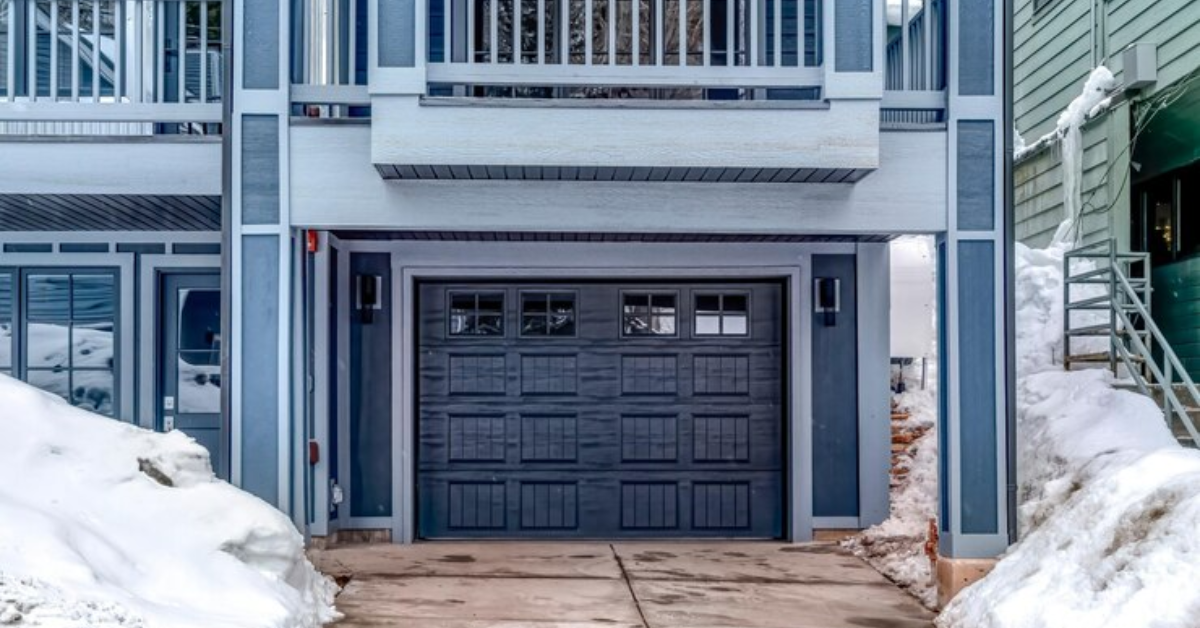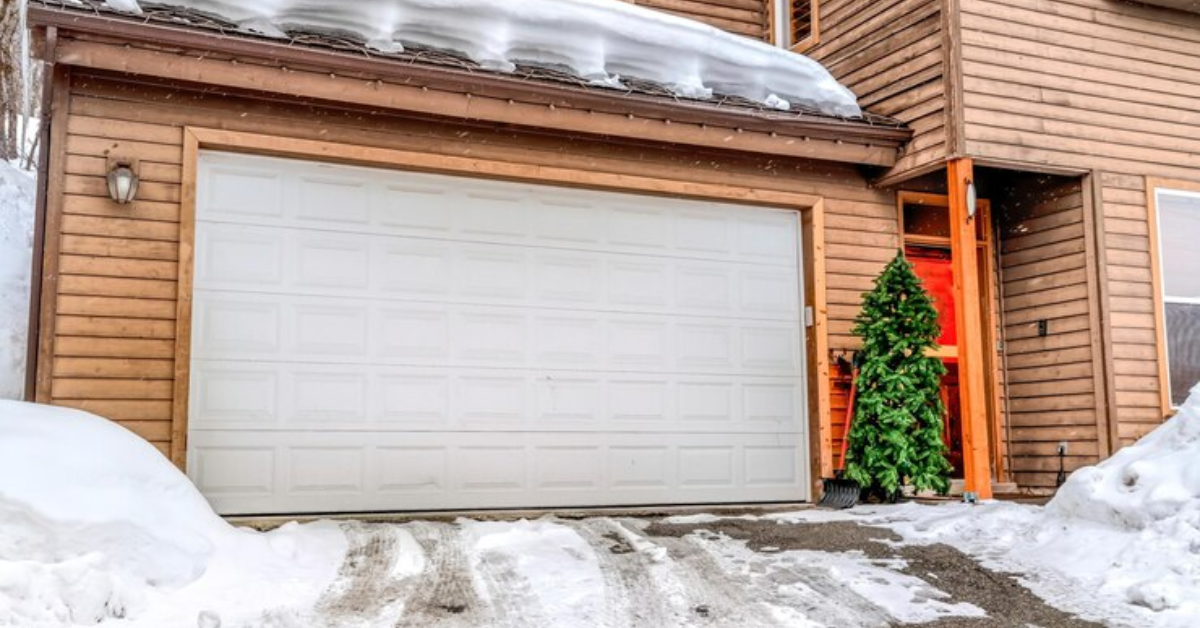How Can You Maintain Your Garage Door Seasonally with Expert Tips and Tricks?
Maintaining your garage door seasonally is essential for ensuring its longevity, performance, and safety. Each season brings different challenges that can affect the functionality and appearance of your garage door. For example, winter's cold temperatures can cause metal components to contract, while summer's heat can lead to expansion and warping. By following expert tips and tricks, you can keep your garage door in optimal condition year-round, minimizing the risk of unexpected malfunctions.
Regular seasonal maintenance not only enhances the durability of your garage door but also contributes to the overall safety of your home. A well-maintained garage door reduces the likelihood of accidents and ensures that the door operates smoothly and efficiently. Also, consistent upkeep can help you identify and address minor issues before they become major, costly repairs.
Spring Maintenance Tips
Inspect and Clean Tracks
Spring is an ideal time to thoroughly inspect and clean the tracks of your garage door. Dirt, debris, and grime can accumulate over the winter months, leading to potential issues with the door’s operation.
- Steps to Clean Tracks: Use a damp cloth to wipe down the tracks, removing any dirt or debris. For stubborn grime, consider using a mild household cleaner.
- Inspection: Look for any signs of wear or damage, such as bends or rust, and address these issues promptly.
Lubricate Moving Parts
Proper lubrication is crucial for the smooth operation of your garage door. Spring is a great time to lubricate all moving parts, including hinges, rollers, and springs.
- Recommended Lubricants: Use a silicone-based lubricant or a specialized garage door lubricant.
- Application: Apply the lubricant sparingly to each moving part and wipe away any excess to prevent accumulation of dust and debris.
Check and Replace Weatherstripping
Weatherstripping helps to keep out moisture, dust, and pests. Over time, it can become worn or damaged.
- Inspection: Check the weatherstripping along the bottom and sides of the garage door for any cracks or wear.
- Replacement: Replace any damaged weatherstripping to maintain a tight seal and improve energy efficiency.
Summer Maintenance Tips
Test the Balance
A balanced garage door is essential for safe and efficient operation. Testing the balance during the summer can help you identify any potential issues before they become major problems.
- How to Test: Disconnect the automatic opener and manually lift the door halfway. It should stay in place without assistance. If it doesn’t, the door may be unbalanced.
- Professional Help: If the door is unbalanced, contact a professional to adjust the tension of the springs.
Inspect the Cables
Cables play a vital role in the operation of your garage door, and any signs of wear or damage should be addressed immediately.
- Visual Inspection: Look for fraying, rust, or wear on the cables.
- Replacement: If you notice any issues, contact a professional to replace the cables, as this can be a dangerous task.
Clean the Door Exterior
Summer is an excellent time to clean the exterior of your garage door to maintain its appearance and functionality.
- Cleaning Solution: Use a mild detergent and water to clean the surface of the door.
- Avoid Pressure Washers: High-pressure washers can damage the door’s finish and seals.
Fall Maintenance Tips
Inspect the Weatherstripping Again
With the changing weather, it’s important to inspect the weatherstripping to ensure it’s still in good condition.
- Check for Damage: Look for any signs of wear or damage that may have occurred over the summer.
- Replace as Needed: Replace any damaged weatherstripping to keep your garage well-sealed.
Lubricate Moving Parts Again
Just like in the spring, it’s important to lubricate the moving parts of your garage door to ensure smooth operation during the colder months.
- Parts to Lubricate: Focus on the hinges, rollers, and springs.
- Type of Lubricant: Use a silicone-based lubricant for best results.
Test the Auto-Reverse Feature
The auto-reverse feature is a crucial safety mechanism that should be tested regularly, especially before the winter months.
- Testing Procedure: Place an object in the path of the door and attempt to close it. The door should automatically reverse when it makes contact with the object.
- Adjustments: If the door does not reverse, adjust the settings according to the manufacturer’s instructions or contact a professional for assistance.
Winter Maintenance Tips
Inspect and Adjust the Rollers
Cold weather can affect the performance of your garage door rollers, making it important to inspect and adjust them as needed.
- Inspection: Check the rollers for any signs of wear or damage.
- Replacement: Replace any damaged rollers to ensure smooth operation.
Keep the Area Around the Door Clear
Snow and ice can obstruct the operation of your garage door, so it’s important to keep the area around the door clear.
- Shoveling Snow: Regularly shovel snow away from the door and ensure that the pathway is clear.
- Removing Ice: Use ice melt products to prevent ice buildup around the door.
Check the Remote Batteries
Cold weather can reduce the battery life of your garage door remote. Ensure your remote is functioning properly by checking and replacing the batteries as needed.
- Battery Replacement: Replace the batteries if you notice any delay or lack of response from the remote.
By following these expert seasonal maintenance tips, you can ensure that your garage door remains in optimal condition throughout the year. Regular maintenance not only enhances the performance and longevity of your garage door but also improves the safety and energy efficiency of your home.




